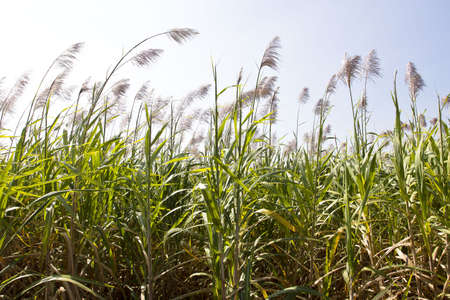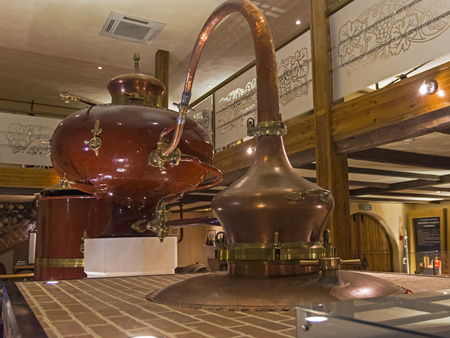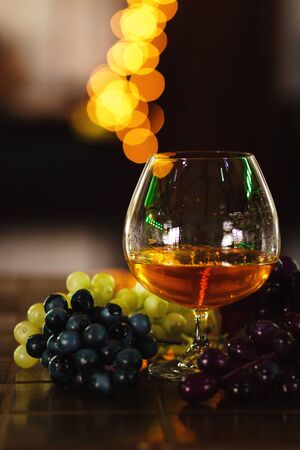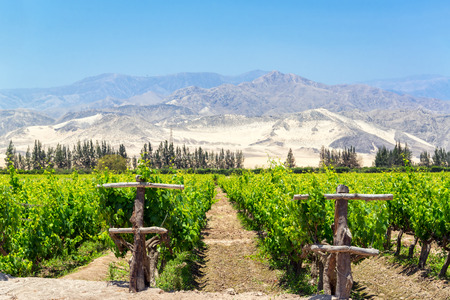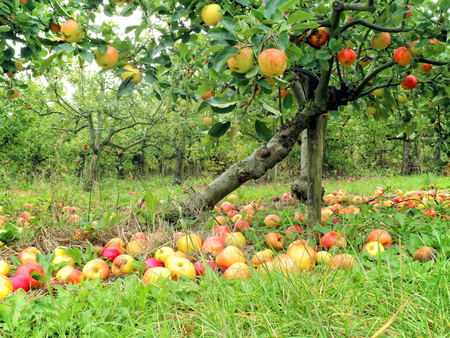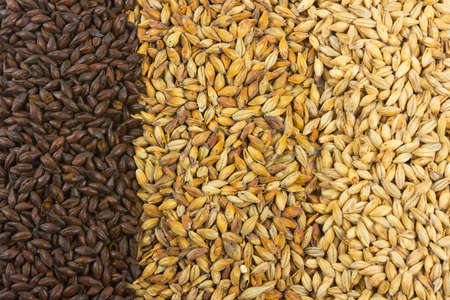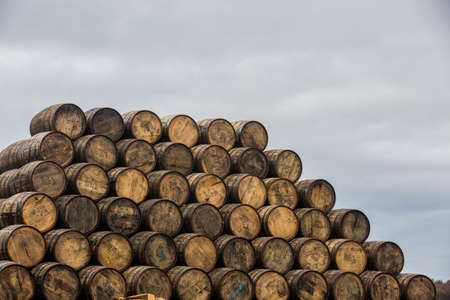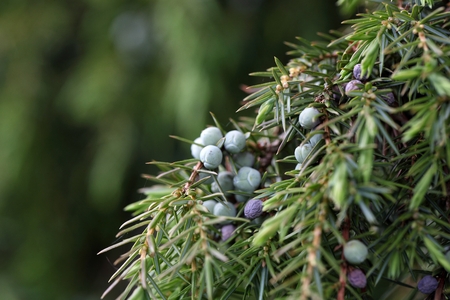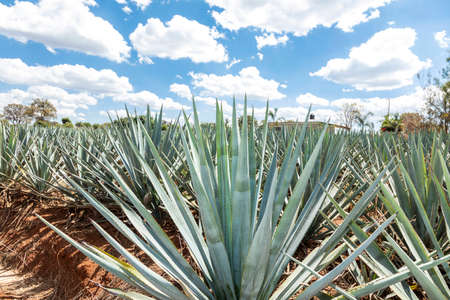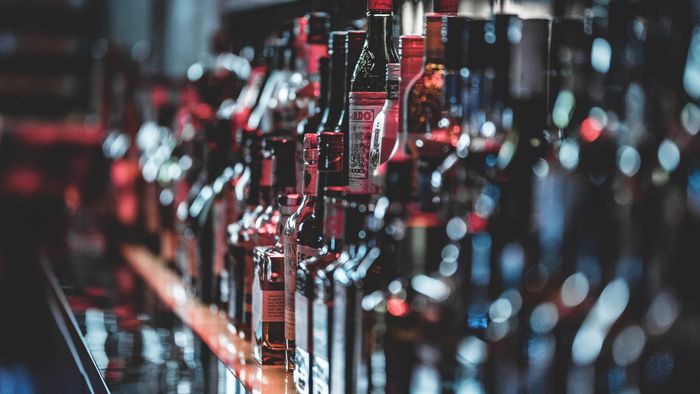
Now that we've covered the basic equipment and essential ingredients for making your own cocktails at home, it's time to get down to the fun stuff, with a list of the spirits found in most recipes.
You will be able to reproduce the superb cocktails from our blog, suggested by Damien, a bartender who notably worked at the Experimental Cocktail Club in Paris.
The rum
It is obviously our favorite spirit, but also that of a good number of bartenders, because its diversity offers an infinite number of possibilities.
When tasting, we tend to classify rums by tradition ( English , French, Spanish, etc.), by distillation method (still, column), or even by age.
In cocktail recipes, we are primarily interested in the style (light/heavy, pure juice/ molasses , etc.), which strongly influences the taste of cocktails. A pure juice rum, for example, brings vegetal notes, while a light molasses rum will be more subtle, and a Jamaican overproof brings very powerful fruity notes.
The approaches in terms of color are once again different between the world of tasting and that of cocktails. If we know that it does not always mean a greater age or quality, it is essential in the visual rendering of a recipe.
This is why we often indicate whether we should use a white, amber, or even brown or “dark” rum.
To go further into all these notions, you can consult our article on the manufacture of rum and the styles of rum .
In the meantime, here are the main families of rums that we think are necessary for a cocktail bar:
– White agricultural and old agricultural (Neisson 52.5%, Longueteau 3 years…)
– Light Cuban or “Latino” style rum (Havana Club, Don Q Añejo, etc.)
– Old English-style rum (Appleton Estate Reserve Blend, El Dorado 8 years old, etc.)
– Jamaican overproof (Wray & Nephew, Smith & Cross…)
Some brands also offer quite versatile blends, specially designed for cocktails. This is the case of Plantation, with its famous 3 stars, but also of La Compagnie des Indes with the Tricorne, or of Velier, with the Veritas.
Wine spirits
Brandies (brandewijn = burnt wine in Dutch) can be produced all over the world, but some names stand out. Examples include cognac, armagnac, pisco, marc or grappa (made from grape pressing residues, raffles, skins, etc.), fine (made from the lees; the bottom of the vat where the yeast and fine residues rest)...
Cognac
This Charentes wine brandy is aged in barrels and benefits from an AOC. It is certainly the best-known brandy in the world, and it is also outside its country of origin that it is most consumed.
Made from white grape varieties, cognac brings together 6 different vintages: Grande Champagne, Petite Champagne, Borderies, Fins bois, Bons bois, and Bois ordinaire. Distillation is done in two passes, in a copper still. Aging is carried out in French oak barrels.
After 2 years, the cognac is called VS, then VSOP after 4 years, Napoléon or Vieille Réserve after 6 years, and finally XO or Hors d'âge after 10 years.
Armagnac
Armagnac is an AOC of wine brandy produced in Gers, Landes and Lot-et-Garonne, from white grape varieties. It has been distinguished since the 19th century by continuous column distillation, but nevertheless remains very artisanal. It is the subject of very small productions, by distilleries, but also by means of traveling distillers.
Its three vintages are Bas Armagnac, Haut Armagnac, and Ténarèze.
Unlike its cousin cognac, it can be unaged, and is called "blanche d'armagnac". After a year of maturation in barrels, it is called VS or 3 stars. It becomes VSOP after 4 years, then XO or hors d'âge after 10.
Pisco
This wine brandy has been produced exclusively in Peru and Chile since the beginning of the 17th century. It is distilled from muscat grape varieties, which are divided into a more or less aromatic range.
In Peru, incomplete fermentations (mosto verde) or complete fermentations are practiced. Pisco puro comes from a single grape variety, while acholado is a blend. It is distilled in a single pass and therefore has a low alcohol content when it leaves the still. Thus, the reduction is minimal and the aroma is powerful. It is generally unaged.
In Chile, it is distilled at a higher degree, with 2 or 3 passes in a still. It is then bottled at various degrees, from 30 to 50%, each category having its own denomination. In this country, it is more readily aged.
Fruit brandies
Kirsch, mirabelle plum, plum, raspberry, pear… these spirits are well known in France, and especially in Alsace, but they are found almost everywhere in the world, depending on the local fruits of course. They are the result of fruit fermentations, or redistilled macerates, sometimes in the presence of pits.
Calvados
Calvados is a fruit brandy, and more precisely cider, produced in Normandy and benefiting from an AOC. The latter is the fruit of two distinct AOCs, which are those of Pays d'Auge and Domfrontais (which contains at least 30% pear).
The selected apples and pears are specially grown and intended for Calvados. Ciders and perries are distilled in stills or columns, by distilleries or home distillers.
Calvados is an aged spirit, which takes the name Fine or VS after 2 years, VSOP after 4 years, and XO or Hors d'âge after 6 years.
Whiskeys and bourbons
Just like in the world of rum, the expressions of whiskeys are numerous and varied. Often, cocktail recipes guide you on the choice of whisky to use, but if not, it is advisable to have some reference points on the major styles, in order to refine the aromatic profile of your cocktail according to your tastes.
Scotch, Irish, and other whiskeys from around the world
Whisky is a grain spirit aged at least 3 years, obtained from malted barley and/or other cereals.
– Single malts are whiskies that come from a single distillery. They are obtained only from malted barley, distilled in a traditional still. These are the most prestigious and complex spirits. Sometimes, the malted barley is dried by a peat fire, giving it a very powerful character that is the prerogative of the island of Islay, in Scotland .
– Single grain also comes from a single distillery. They are obtained from other cereals, such as wheat or corn. They are most often distilled in a column. These are whiskies with a lighter character.
– Blended malts and blended grains are blends of whiskies from several distilleries. Blended whiskies are blends of malt and grain whiskies, from several distilleries or not. The latter are spirits with a balanced character.
Scotland and Ireland are the main whisky producing countries, but we can also mention Japan, France which is experiencing an explosion of distilleries, or even Taiwan and even India.
Bourbon and Rye
Bourbon is in some ways the American whiskey. It was born in Kentucky at the turn of the 19th century. It has a close cousin, Tennessee whiskey, represented in particular by the famous Jack Daniel's. The composition of its mash bill must show at least 51% corn. Then come other cereals, such as wheat, barley or rye. This last cereal has its own category, rye whiskey, which contains at least 51% rye.
Bourbon and rye can be distilled indifferently in a still or in a column. But their aging method is very regulated. Indeed, it must be carried out only in new and heavily charred American oak barrels (see our article on the art of aging ). This is what gives them their vanilla character, with hints of toasted coconut.
Vodka
This "little water" is initially a cereal brandy. It has opened up to a multitude of other raw materials such as potatoes or beets, among others. It is most often distilled multiple times, in very modern multi-column complexes. The principle of vodka is to produce the purest possible alcohol, which allows it to be used in the composition of any cocktails. The purity of the reduction water is therefore more crucial here than elsewhere, because it represents around 60% of the finished product.
Some premium vodkas are distilled in a more traditional way, in particular to offer a silkier feel in the mouth.
It is produced all over the world, but Russia, Poland, Sweden, the United States and France are the most renowned in this field.
Gin
Gin is a derivative of Dutch genever, adopted by English soldiers during the 17th century. It took off from England, and then spread widely throughout the world.
This flavored spirit is made from a base of neutral alcohol with added spices and herbs. The aroma of juniper berry is the one that must predominate no matter what.
There are several ways to flavor gin, which result in very distinct names:
– Simple gin or “compound gin” is flavored with essences or macerated botanicals, without redistillation.
– Distilled Gin and London Dry are obtained after maceration in the still tank or infusion through a basket placed in the swan neck, then redistillation. For London Dry , the spirit must contain at least 70% alcohol when it comes out of the still, and must not be sweetened. Sweetened gin corresponds to an old recipe that is not used much today: Old Tom.
Tequila and Mezcal
Before agave spirits came into being, the natives of what is now Mexico were already producing their own "agave wine". It was the Spanish colonists who created mezcal when they imported the stills from the old continent. In fact, mezcal was the first agave spirit, before that of the Tequila region stood out a little later. Tequila is therefore historically a mezcal, but its world of production has become clearer over time.
Mezcal
Traditional mezcal is a distillate of agave, of which there are a good hundred different species, whether cultivated or wild. These agaves reach maturity after 2, 5, or even more than 10 years. Once harvested, their hearts (piñas) are cooked and smoked in an oven dug underground. They are then taken to the mill, where their juice is extracted using a stone mill. Fermentation takes place in open wooden vats, and double distillation in small traditional stills.
Tequila
Tequila is produced from blue agave only, which is harvested after 6 years of maturity. Cooking is done in stone or metal ovens. Then the juice is extracted using a roller mill or volcanic stone. Fermentations are varied, and range from closed stainless steel tanks to open wooden tanks. Similarly, distillation can be double or triple, in small stills, or continuous, in columns.
It can be unaged or lightly aged, reposado (2 to 12 months), añejo (1 to 3 years) or extra añejo (+ 3 years). There is another category, called tequila mixto. It is composed of at least 51% blue agave, but can also contain cane, grains, or other types of agave.
In the next article, we will cover all the other alcohols that go into classic cocktail recipes. Thus, we will talk about the different wines, aperitifs and liqueurs that are essential to any bar worthy of the name.
